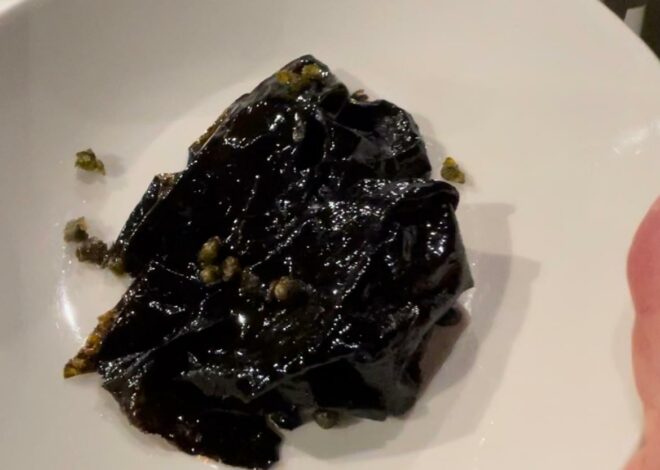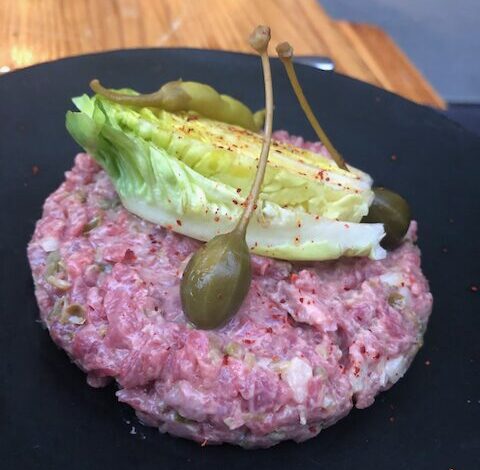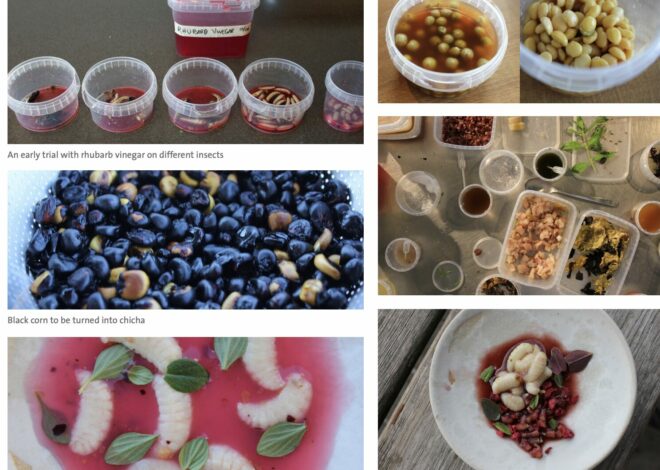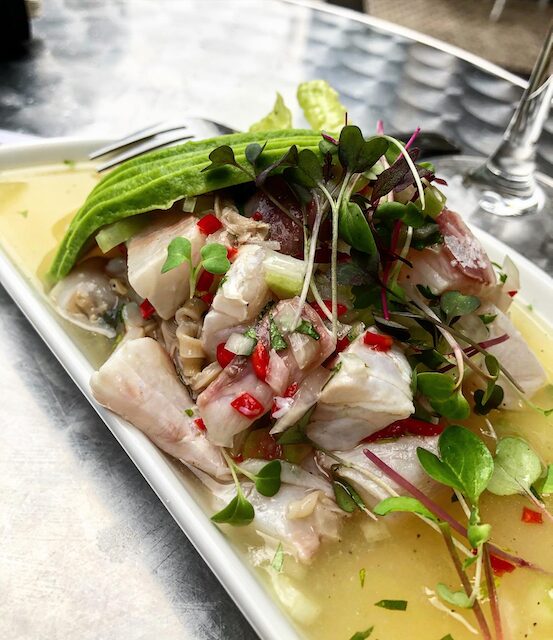
The Rise and Fall of a Food Latin Hood
Before COVID, there was a vibrant latin clique in the center of Donosti, at least in terms of food and restaurants. At that time, the Reyes Católicos street was like a testing ground for new restaurants. One big success story was Amelia, before moving to a better spot in La Concha where Paulo, the Argentinian chef, got his second Michelin star.
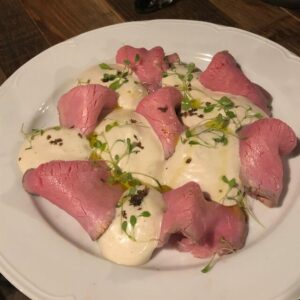
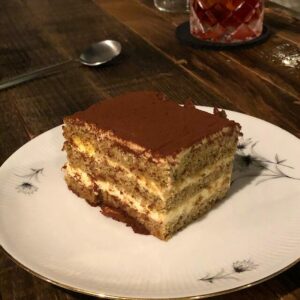
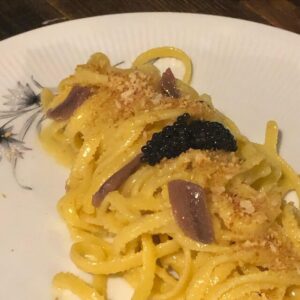
🇮🇹 Dishes from Da Filippo around 2021 👌
Flashback to 2019, a Wednesday afternoon. I’m at work when Diego asks, “Want to check out Amelia? It’s on me. My date bailed.” I close my laptop without even thinking. Back then, Amelia just got it’s first star. We hop in a cab to the old spot, where Paulo opened Da Filippo afterwards (Best Italian in Town). I didn’t know him back then. He is very eloquent, “I opened this place to get two stars. You’ll see. It’s designed for it.” Meanwhile, beside him, they chilled fine wine glasses with liquid nitrogen to serve us beer.
Amelia was renowned for its beautifully crafted dishes, evoking an essence of modern French cuisine infused with Paulo’s nostalgic impressions from Argentinian Córdoba and the Alps. I don’t recall many specifics from the meal, to be honest. I lost the photos, and it was a long and sophisticated menu. But one thing sticks in my memory: the dessert, fine in its simplicity. “It’s a creamy sweet potato with goat cheese,” Paulo says, mimicking the blending motion with his index finger. “My take on ‘Vigilante,’ a traditional Argentine dessert any grandmother would make.”
Another addition to the gang was Chesko, embodying the spirit of Peruvian entrepreneurship. While studying restaurant management at the Basque Culinary Center, he interned at The Loaf, one of Donosti’s best Bakeries. Before completing his internship, he partnered with his supervisor, Xabier. Together, they scaled up a group of bakeries and transformed what started as a pop-up venture into two thriving small Peruvian restaurants in the city, one of them located on Reyes Católicos street. Ekeko became the best Peruvian joint for me outside of Peru. It was properly tweaked just right for Spanish tastes. The ‘Papas Huancainas’ dish looked like ‘Patatas Bravas’, and the ‘causas limeñas’ seemed like ‘croquetas’ creatively presented with diverse micro greens among vibrant oranges and purples. Their ceviche was a Sunday specialty, ensuring the freshest catch of the week.
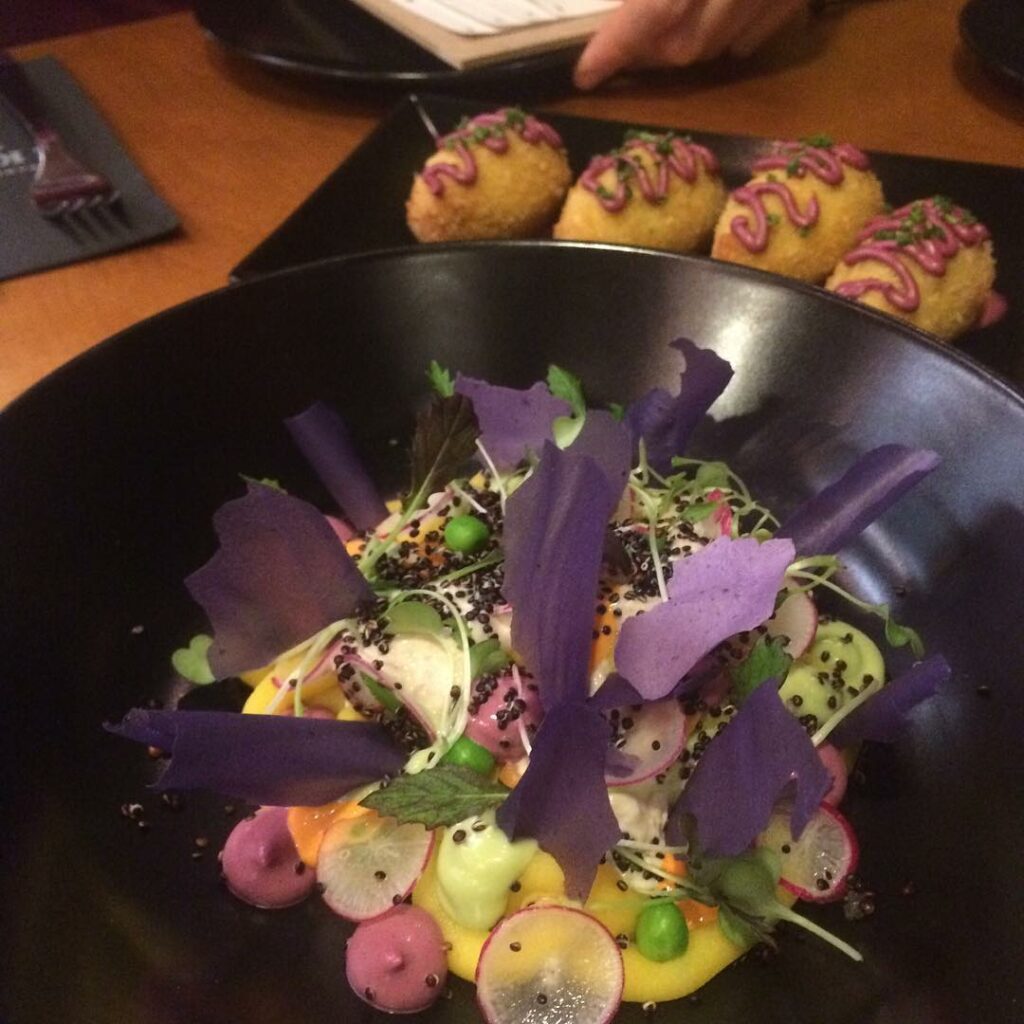
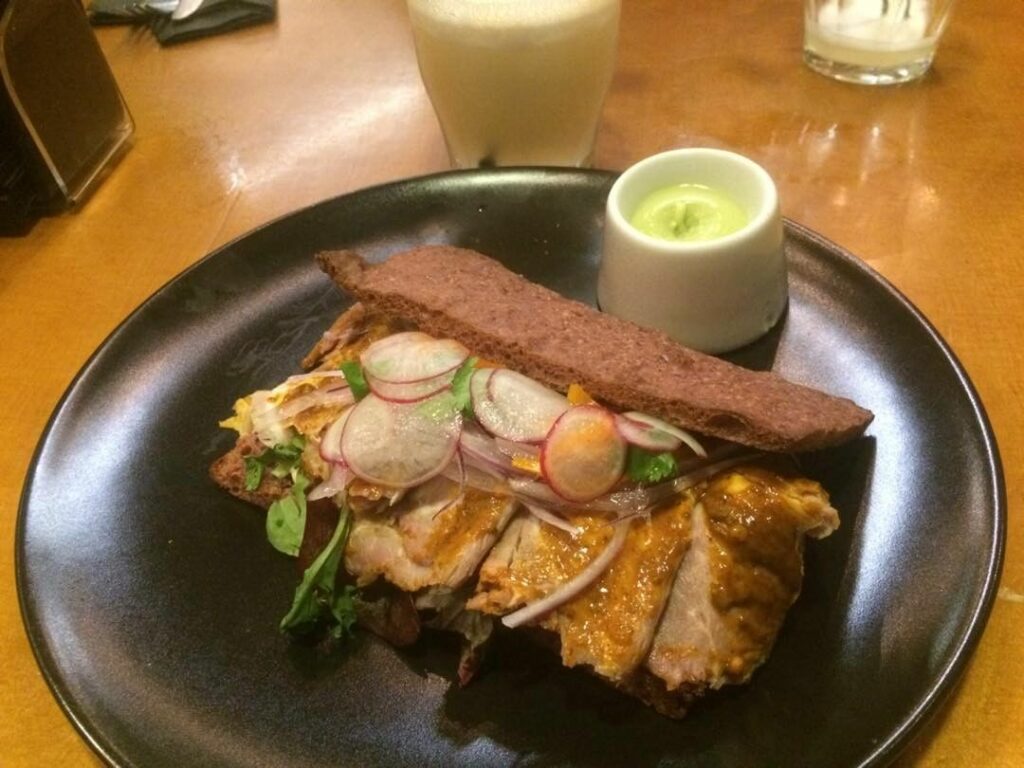
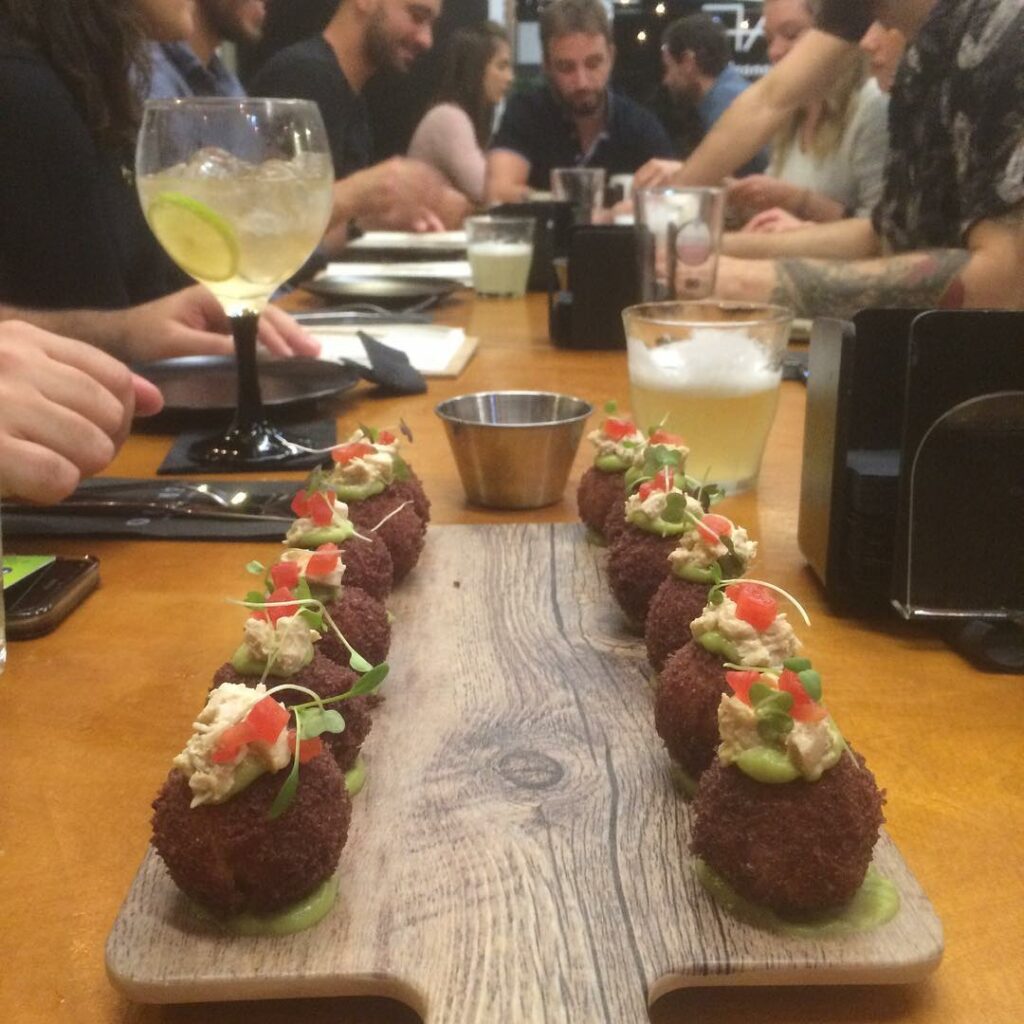
🇵🇪 Early dishes from Ekeko around 2019
Alongside, Paulo launched Cantina 1985, a smart casual eatery featuring Argentine grills on the same street.
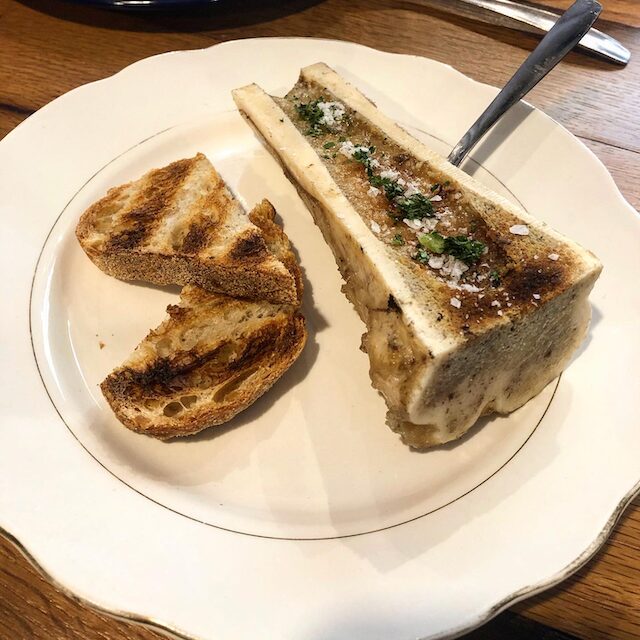
🇦🇷 Bone Marrow at Cantina 1985
And let’s not forget about Edu, who ran a cozy Chilean wine bar called “El Bombín,” serving up pastrami sandwiches, Chilean hot dogs with avocado, and an enticing selection of wines from around the globe.
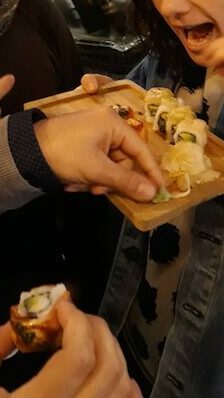
🇨🇱 Pincheira’s First Sushi Pop Up around 2019
Soon, Sebas Pincheira, also from Chile, joined the mix, establishing the finest sushi spot in the northern Peninsula, starting as a small pop-up within a tiny corner of the bar at “El Bombín.” As it turned out, Sebas had crossed paths with my cousin in Australia and also as management students at the Basque Culinary Center, sparking fascinating conversations.
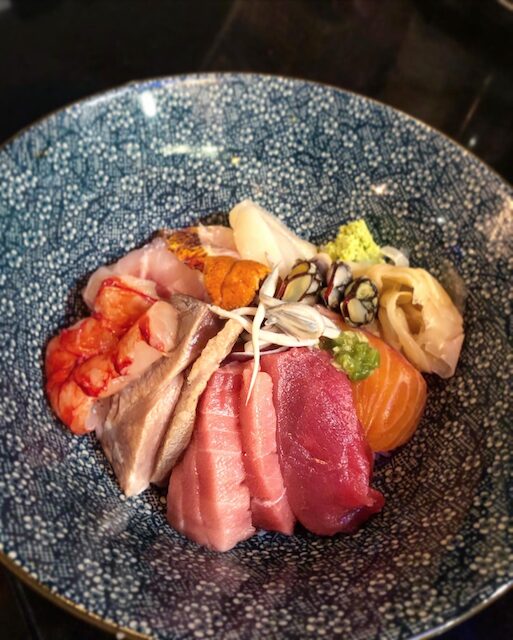

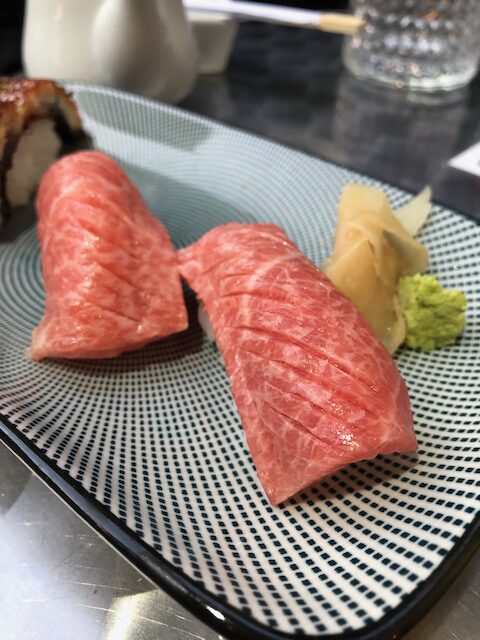

🇯🇵 Pincheira’s Sushi Pop Up 2019-2022
I started making regular late-night munchie visits just before closing time to grab either a shrimp and scallop gratin roll with Idiazabal cheese, or a grilled steak nigiri topped with chimichurri, or the best of all, one where he served a red “carabinero” prawn nigiri accompanied by its grilled head, from which you had to squeeze out the coral, and of course, Unagi and foie gras nigiris for dessert while enjoying an Asahi beer at the bar. The place would often fill up quickly, but whenever Sebas could accommodate me at the bar as a walk-in (since I never made a reservation), he’d whip up these incredible sashimi bowls unlike anything I’ve ever tasted before.
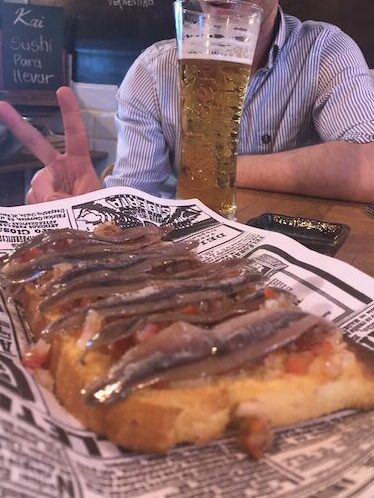
🇨🇱 Anchovy Toast at El Bombín
On random weekdays. The place turned into an after-work hangout for chefs coming from Amelia and Ekeko, getting tipsy to the background beats of Chilean Hip Hop. One day, Sebas had a piece of Iberian pork. “Wanna snack?” he asked as I sipped my beer at the bar. “Of course,” I said. A waiter took the meat outside to Cantina 1985 which was 3 places down the street, and soon its chef showed up with the charcoal grilled piece covered in chimichurri. We chopped, grabbed with our fingers, nibbled, and laughed. We were happy.
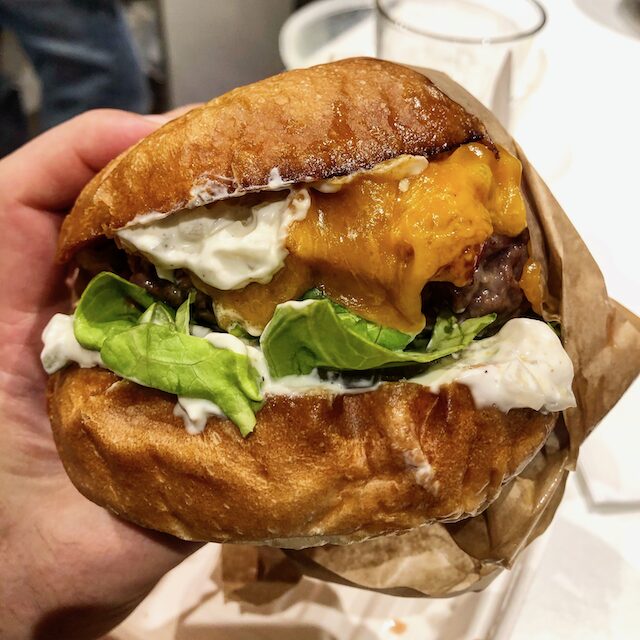
🇵🇪 Ekeko’s short Burger Delivery Venture
Ekeko, the Peruvian eatery, made moves to expand, launching two burger joints focused on delivery, transitioning their operations into Dark Kitchens. But then COVID-19 hit like a hurricane, devastating every restaurant in its path.
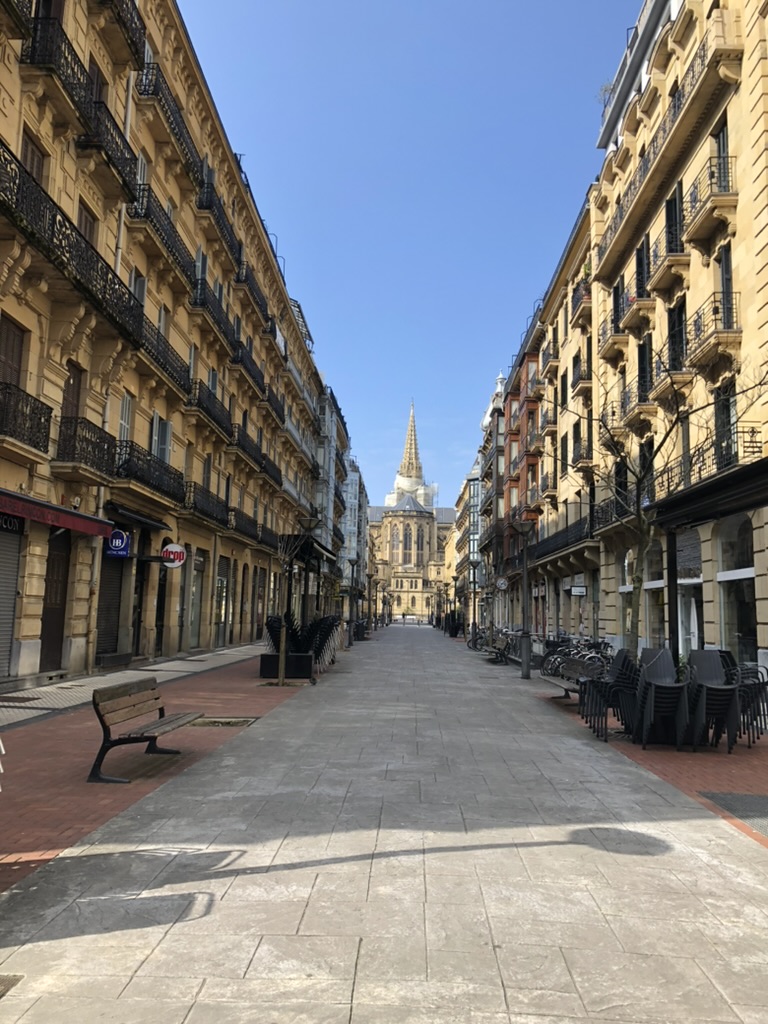
Reyes Católicos Street during the Quarantine
Ekeko couldn’t weather the storm, leaving its employees in the lurch and never opened again. The sushi spot managed to survive through deliveries, with Sebas himself making the rounds on his motorcycle. Eventually, he parted ways with El Bombín and relocated to a new spot, now known as Kai Sushi. El Bombín also relocated, but unfortunately, it was forced to shut down due to unjust restrictions imposed by the city council. Chesko and Xabier embarked on various ventures alongside Paulo, who’s spearheading the expansion of a robust restaurant empire globally.

‘Kai Sushi’ Pincheira’s new Venue (Best Sushi in Town, hands down)
It’s hard to say whether this phenomenon was coincidental or replicable. As Danny Meyers puts it in his ‘Setting The Table’; Success in any neighbourhood involves respecting the culture and the community as much as one’s own vision. At the end of the day, they were talented culinary Latino entrepreneurs, who randomly converged in an underrated sector of the city to revitalize it with unique offerings executed with care and expertise.

👎 12 Euros for an overcooked and shameful Papas Huancaina attempt (worst dish in town)
As for Reyes Católicos street? It lost its charm. Beer joints and generic Asians replaced the vibrant scene. A touristy pseudo-cider house took over. A new Peruvian restaurant emerged, serving up smelly ceviche and overpriced, bad quality Huancaínas—by far the worst I’ve ever tasted. And that’s about it.
Nothing has been the same since then. Paulo still holds onto three establishments (La Bottega, Da Filippo, Cantina 1985) at the end of the street, which along with the OG Casa Valles, are the only places worth visiting.

